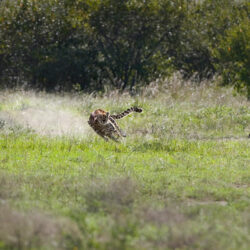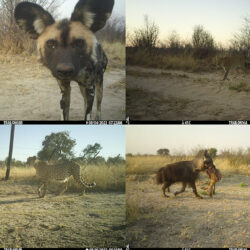The power of pattern recognition: Evaluating cheetah identification with the African Carnivore Wildbook
-

- by Brandy Morenko Campbell May 18, 2023
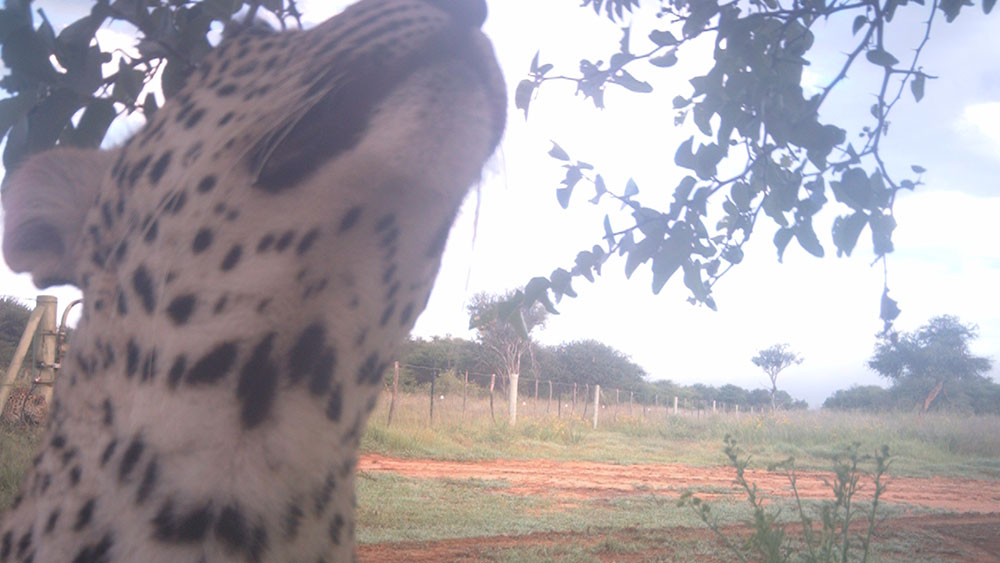
Article Summary:Reducing identification errors of African carnivores from photographs through computer-assisted workflow
Authors:Stijn Verschueren, Ezequiel Chimbioputo Fabiano, Mikael Kakove, Bogdan Cristescu, Laurie Marker
Camera traps are widely used to detect elusive species and identify individuals by using unique characteristics such as spots or stripes. While camera traps are a powerful tool, they are able to capture large amounts of data which can be very time-consuming to evaluate each picture taken. There have been advances in computer-based pattern recognition algorithms, however, there is little data on their accuracy using a real-world example. Recently, researchers evaluated 8 camera trap surveys from north-central Namibia using the HotSpotter algorithm in the African Carnivore Wildbook program (ACW) and compared the results to manual animal identification. Over seventeen thousand cheetah images and over two thousand leopard images were evaluated.
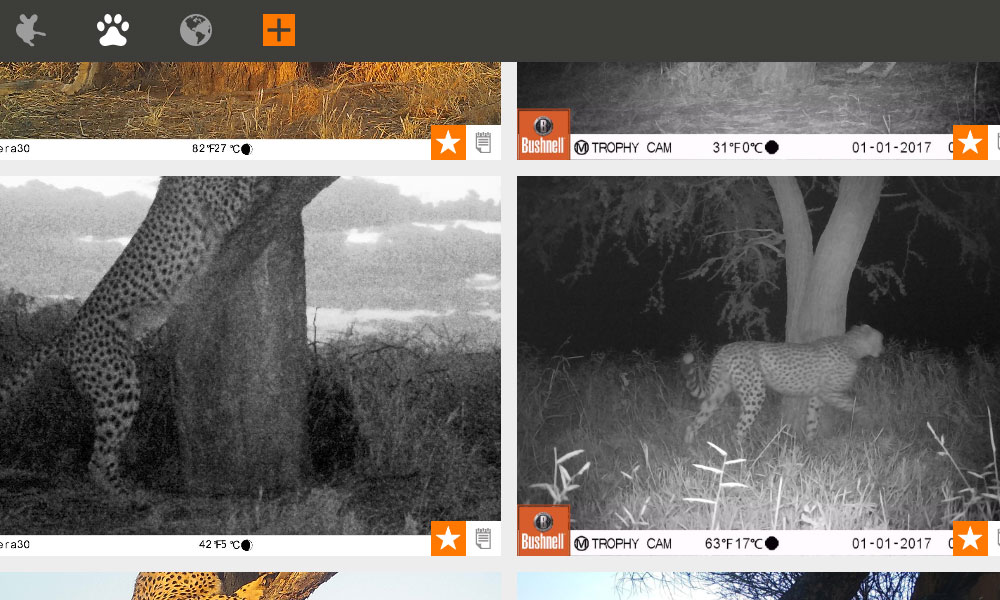
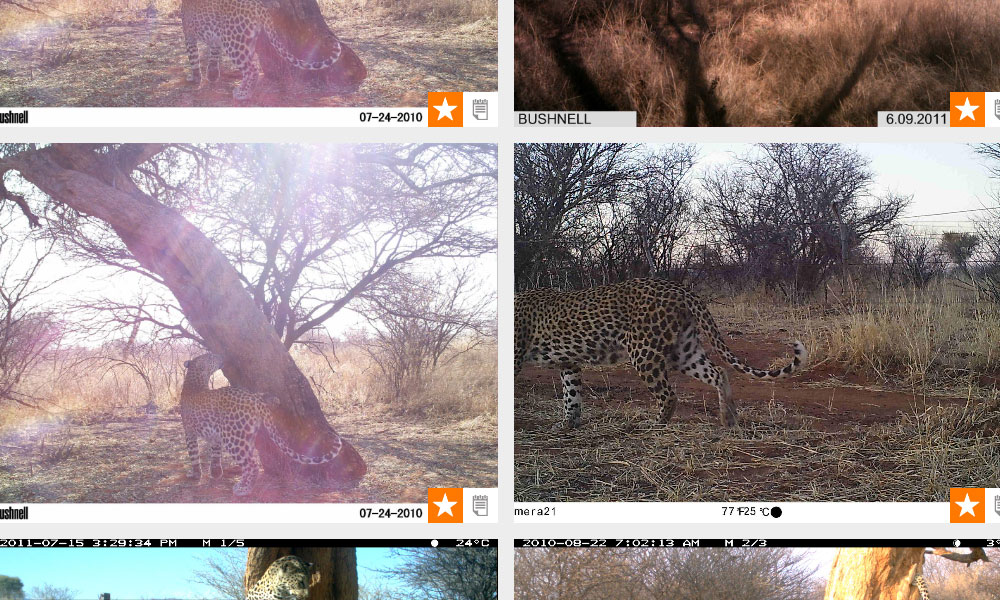
Human observers identified 43 cheetahs and 59 leopards, while ACW reduced those numbers to 40 cheetahs and 46 leopards.
ACW also increased the proportion of animals detected at multiple locations over multiple years. This highlighted that identification errors by human observers may result in an overestimation of population size, as well as an underestimation of the space use and multi-year survival of individuals.
The use of computer-assisted animal identification was able to more efficiently reduce misidentification compared to manual photographic evaluation. Rapid and accurate population estimates are essential to conservation management strategies and especially for large carnivores. This study showed that this computer-based method is a promising new tool that can be used to re-evaluate historical datasets, as well as provide more accurate individual animal data for future studies.
Related Reading
-
October 15, 2024
The Ecology of the Landscape Down to the Smallest Part

